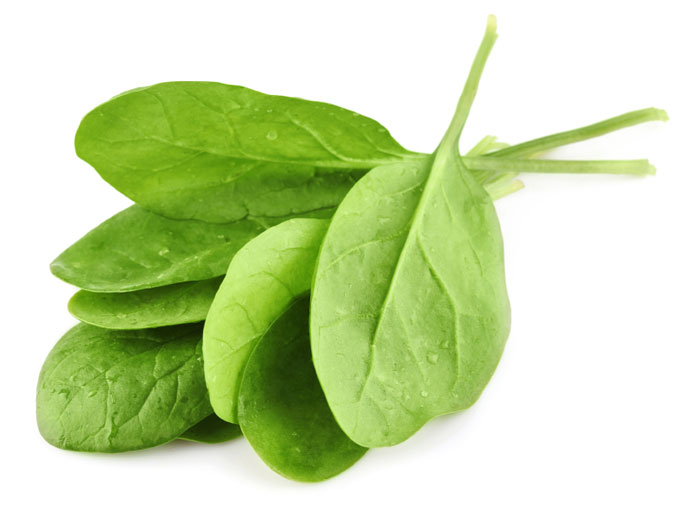Cold is still there and now roomie has it. Roomie is not amused…roomies are like that—yeah they are.
OK ONE MORE TIME (PROBABLY NOT THE LAST)

Is it April yet???? #OUTLANDER is my FAVORITE #HIGHLANDER
PLEASE CHECK OUT MY STORE ABOVE I REALLY HAVE SOME GOOD THINGS THERE.
OK it’s getting cold here—burr was 50 when I last check–Florida can be so brutal this time of year (all sarcasm sincerely meant).
So I decided wha better way to help you fight those winter infections than to provide you with some easy ways to get what you need in your normal diet:

BEEF:
SURPRISE. I know it has a bad rap lately, most meats do…however I have never been part of the “avoid at all cost” take on food that the modern persona seems to have developed.
What’s good about it: According to The Healthy Edge magazine (Oct. 2014) It is high in Zinc (found in most red meat)–which helps with the development of white blood cells.
According to Wed MD (one of my favorite medical sources): Zinc is an essential mineral that is found in almost every cell. It has antioxidant effects and is vital to the body’s resistance to infection. Zinc is also important for tissue repair. It may decrease the ability of cold viruses to grow on or bind to the lining of the nose. (http://www.webmd.com/cold-and-flu/cold-guide/zinc-lozenges-cold-remedy)
CARROTS
You probably saw this one coming—they’re very popular for all kinds of health issues from eyes on down. Again according to the Healthy Edge they are a source of Beta Carotene which supports the mucus membranes that line a respiratory and intestinal tracts, making it harder for pathogens to enter the bloodstream. They also increase the number of NK cells an T-helper cells.
According to one British Source: Beta-carotene is the vegetable source of vitamin A and an antioxidant in its own right. It also has the advantage of being non-toxic, although it is prone to oxygen damage and is often unstable in supplements. Red, orange, yellow foods and fresh vegetables are the best sources. Carrot juice is a great way to drink this all-round infection fighter. (http://www.ion.ac.uk/information/onarchives/infections)
FISH
Always a good choice for both taste and health, except for issues of toxins and fishing to extinction, this has long been a popular choice.
Again Healthy Edge–Selenium (in shellfish) helps with white blood cells production of proteins that clear viruses from the body. While Omega-3 fats (Salmon and other fatty, cold water fish) reduce inflammation.
Selenium: An article from the University of Maryland reports: Many studies suggest that the body needs selenium in order for the immune system to work properly. Selenium, along with other minerals, can help build up white blood cells, which boosts the body’s ability to fight illness and infection. A few studies suggest that selenium might help prevent some infections, such as a bacterial skin infection that often occurs with lymphedema, and mycoplasma pneumonia. In addition, one study suggested that when elderly people took zinc and selenium supplements, their immune systems responded better to the flu vaccine. http://umm.edu/health/medical/altmed/supplement/selenium#ixzz3JR0xVHbZ
Omega-3 fats: This one is from FOX news — compounds that help reduce harmful inflammation in the body. Chronic inflammation prevents your immune system from working properly, and can contribute to colds and flu as well as more serious diseases. Omega 3s may fight colds on more than one front. In a placebo-controlled 2011 study published in Brain, Behavior and Immunity, medical students who took fish oil supplements for three months had lower inflammation levels and also fewer symptoms of anxiety — a condition that can itself weaken immune function. http://magazine.foxnews.com/food-wellness/superfoods-fight-colds

SPINACH
Who is surprised with this one? Healthy Edge Say this one is loaded with folate and vitamin C, which aid in DNA repair and help the body produce new cells and tissues.
Folate: Academy of Nutritionists and Dietetics: folate (folic acid), another important component of the B-vitamins, essential for supporting your body’s metabolism rate, producing energy and aiding your body in fighting disease and infection. http://www.eatright.org/Public/content.aspx?id=6793
Vitamin C: Medicine Plus supplies the following: Too little vitamin C can lead to signs and symptoms of deficiency, including: Decreased ability to fight infection. However: For many years, vitamin C has been a popular remedy for the common cold. Research shows that for most people, vitamin C supplements or vitamin C-rich foods do not reduce the risk of getting the common cold. However, people who take vitamin C supplements regularly might have slightly shorter colds or somewhat milder symptoms. Taking a vitamin C supplement after a cold starts does not appear to be helpful. http://www.nlm.nih.gov/medlineplus/ency/article/002404.htm
Other Foods that are helpful
Tomatoes for lycopene an vitamin C to lower free radical damage to the cells.
Watermelon for glutathione to help with production of white blood cells
Yogurt for probiotics that protect against harmful bacteria and fosters white blood cell production.


